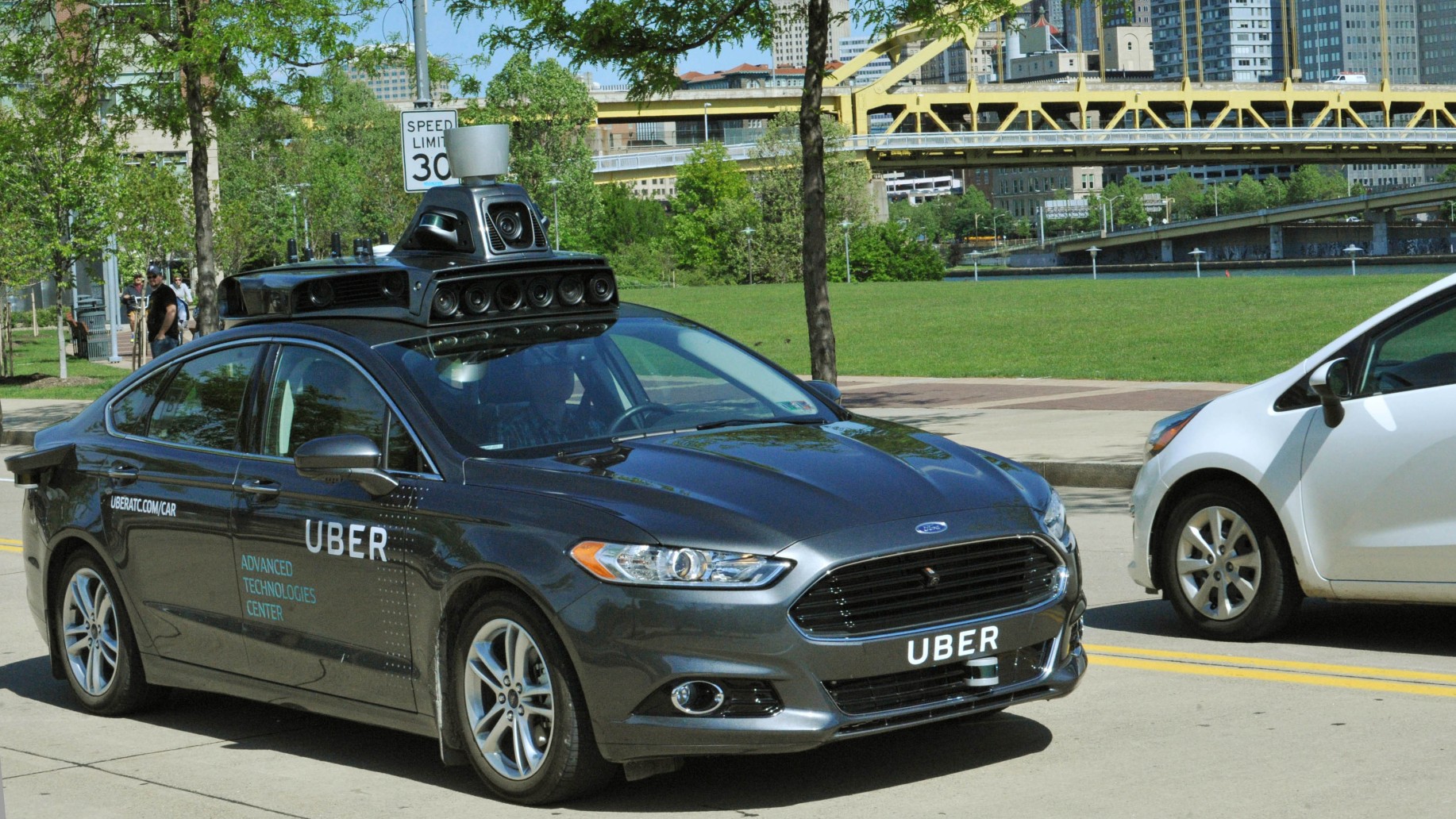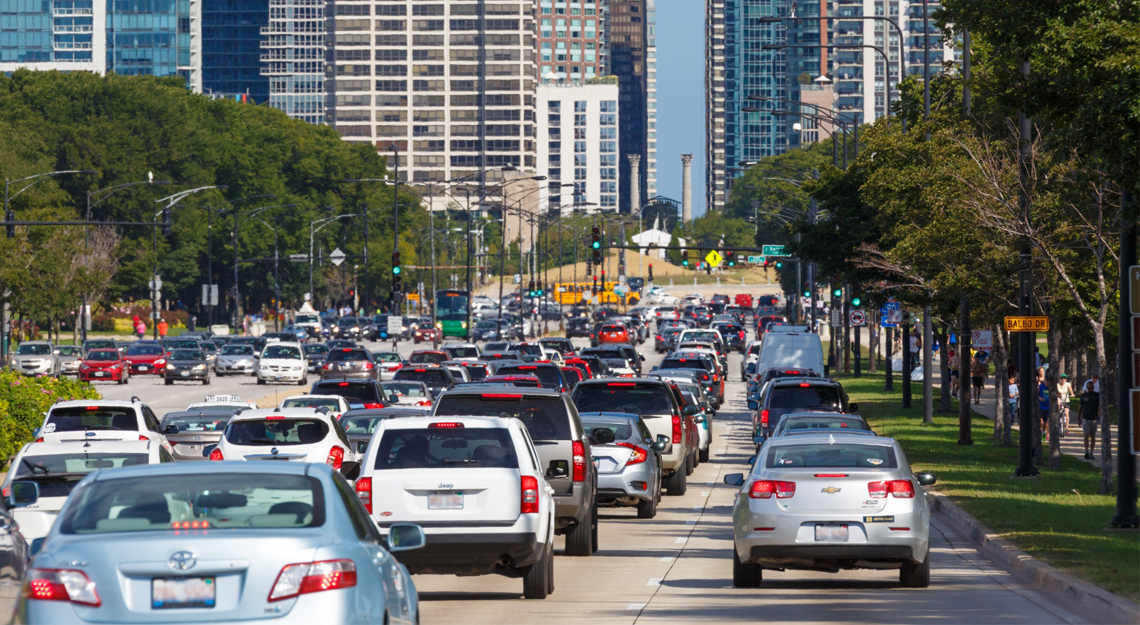The landscape of personal transportation is rapidly changing, especially in urban centres. Car ownership may soon be a thing of the past, but which new technology is more likely to replace it: ride sharing apps like Uber, car sharing services like Zipcar, or the emerging field of self driving vehicles?
For urban dwellers, the perception is often that owning ones own car is becoming increasingly impractical and unpopular. However, the reality is slightly more complex: 69% of Torontonians still drive to and from work, with only 23% choosing public transit. This indicates that while public transit options are plentiful in the downtown core, many prefer the convenience and privacy of driving to subways and streetcars.
So, if commuters still prefer driving, do they still prefer owning a car as well?

The average car ownership for the GTA is 1.3 cars per household, inflated slightly by areas outside the downtown core like Etobicoke, where ownership is 1.3 vehicles per household (lower than the Canadian average of 1.5/household.) Within the City of Toronto, however, car ownership is 0.9/household.
Putting together the realities of commuter preference and car ownership, it becomes clear that while many prefer driving, a not-inconsiderable percentage are no longer driving their own vehicles.
This is where services like Uber and Zipcar come into play: while driving may still be the ideal way to commute for many Torontonians, their means of doing so is changing – and fast. A new generation of urban professionals seems to care less about car ownership, and more about convenience: ordering an Uber or Zipcar allows a quick and easy commute, without the pressures of insurance payments and parking struggles.
Given these emerging trends, the promise of self-driving cars seems to have limitless potential – both in ride sharing and car sharing services – appealing to a new market who value ease of access over physical ownership.
With Uber conducting self-driving car tests in Toronto over the summer and fall of 2017, we can expect to see extensive data on this pilot project in the coming year. By 2020, with increased access to a variety of communal car options, we can expect to see a very different automotive landscape.




